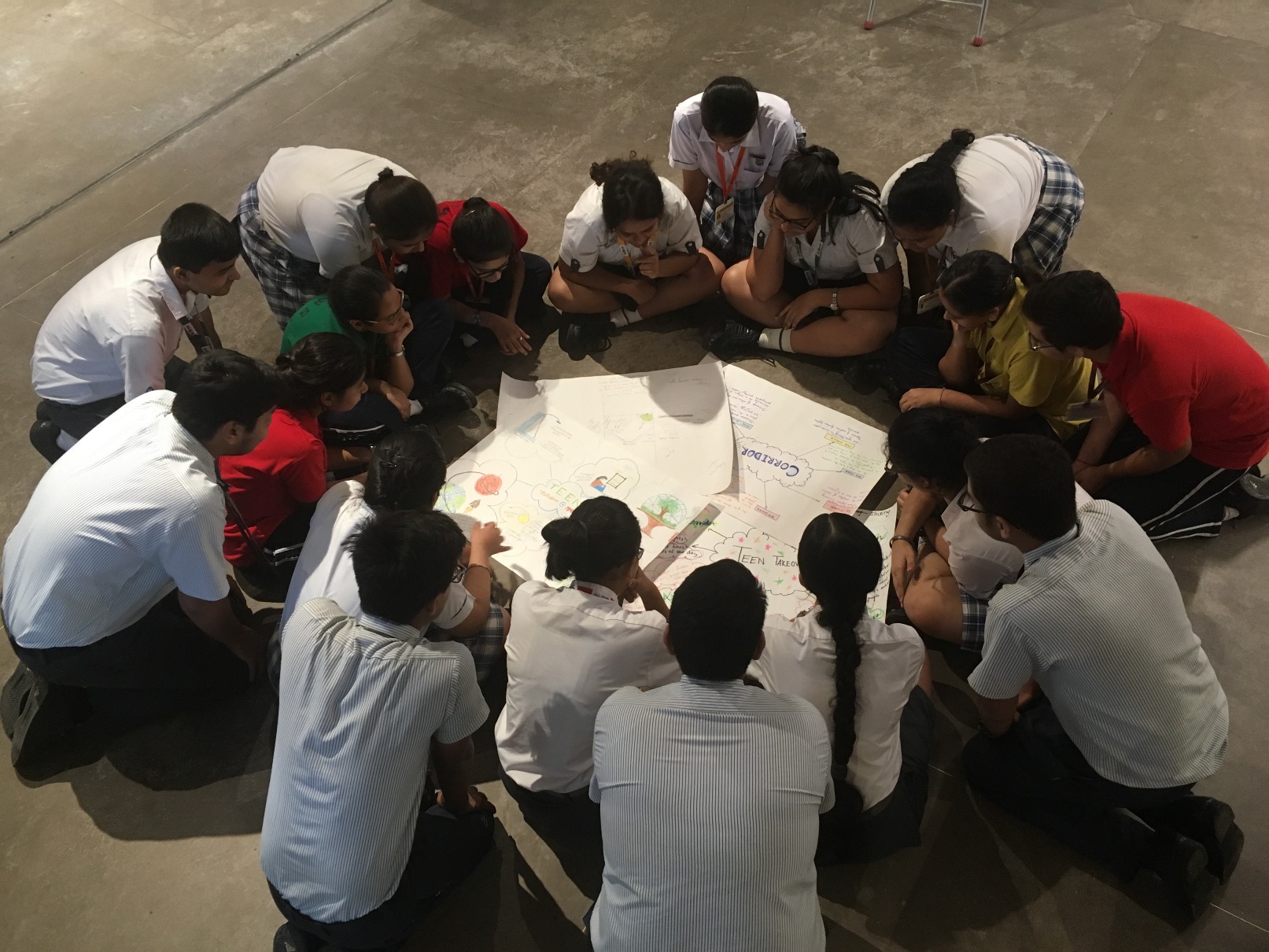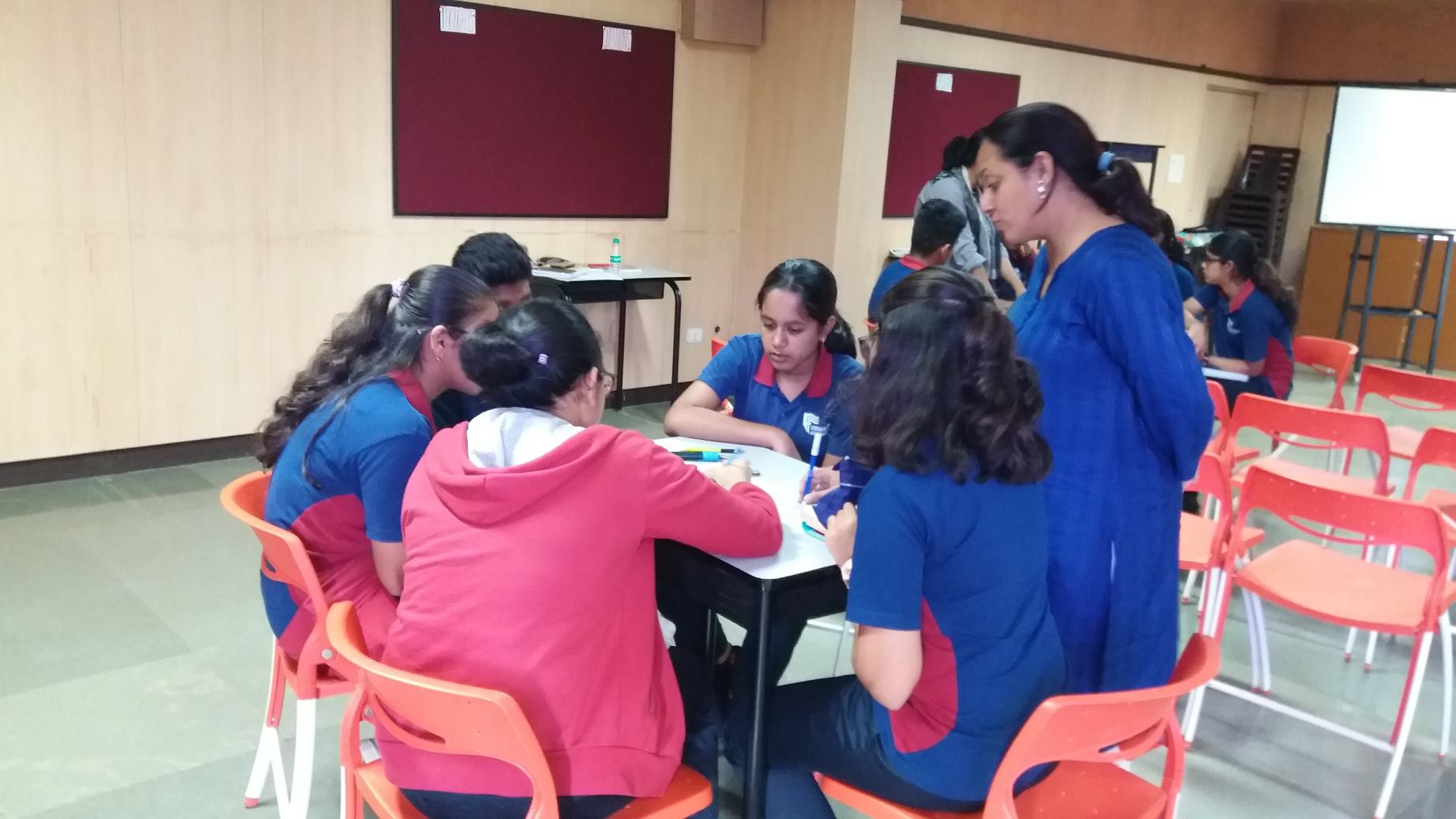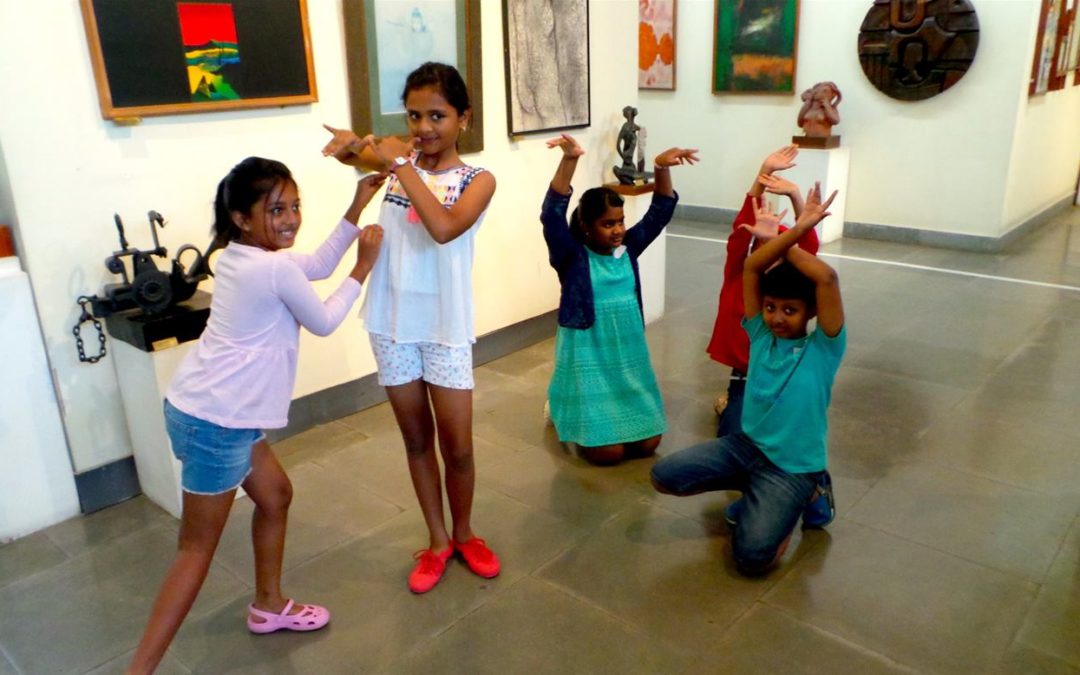
Teen takeover at MMB, Credit: ThinkArts
Arts education has been proven to be essential for children’s emotional, physical, and educational growth, yet we continue to witness budget cuts for arts education or governments and schools overlooking it in favour of other disciplines in schools across India and around the world.
India has always supported arts learning in schools, with our policies making place for cultural awareness and creative expressions for our students. It is also true, however, that Indian schools have always laid greater emphasis on science and mathematics disciplines, and assessed student success based on these subjects. Around the world as well, we have seen a growing trend to build curriculum on the STEM (science, technology, engineering, and math) topics, pushing arts education away from essential learning and under the umbrella of extracurricular activities.
Over the last few years, there has been a growing conversation around the inclusion of arts in the STEM curriculum. An interesting conversation that came out from the Engage webinar was the actual and perceived role of arts when taught as part of STEAM disciplines (science, technology, engineering, arts, and mathematics). Are arts-related pedagogies being used to support the work that science education aims to achieve, or are arts being taught in schools with the purpose of equitable learning. Why are arts truly important? Among educators around the world, there seem to be differing views about the purpose of and ways in which arts education is being included as serving the needs of STEM disciplines as compared to being equal to these disciplines.
At the recently held Engage: International Forum on the Arts for Children and Young People webinar by Think Arts many art educators from around the world came together to discuss the status of arts education. Speakers emphasised that arts education can create opportunities for children to frame their learnings, hopes, and aspirations in constructive ways, helping them imagine and realise their futures. Different arts-related pedagogies and activities also allows students to practice collaboration and teamwork among their peers, often by working towards joint goals. But oftentimes, these are excluded from the curriculum as teachers don’t think the arts are essential in achieving the learning goals outlined for their students.
Paul Fitzpatrick, Chief Executive of Imaginate, Scotland, believes there is a lack of clarity about the role of arts of education in schools. He suggests that the fact that teachers and principals think that teaching and learning the arts does not tick all the boxes for achieving student learning goals is a language problem because arts education does tick all the boxes. Arts-based pedagogies helps students be more creative and engage in critical thinking, both of which are essential 21-st century skills.
The informal education space, that includes museums and cultural organizations, is proving to be a vital link in filling this gap, where opportunities to use arts education holistically are gaining strength and popularity. These organizations are making efforts to develop enriching arts-based programs that support students’ creative growth while at the same time making these programs transdisciplinary and placing them right in the middle of the school curriculum. In India, we have a lot of ground to cover as children and young people continue to be highly underrepresented as museum audiences, as Jayanta Sengupta, Secretary and Curator (Director) of Victoria Memorial Hall, Kolkata, India points out. He is of the opinion that it is about time Indian museums create programming that is hyper focused on children, where every exhibition has interpretation and activities relevant to this audience group. In fact, India’s first children’s museum opened only last year during Feb/March, 2019. It is part of Mumbai’s Chattrapati Shivaji Maharaj Vastu Sangharahalya (CSMVS), and the inaugural exhibition was conceptualized and curated by 25 children, giving them autonomy and agency in planning what and how they want to learn and discover! Cultural and learning organizations such as Flow India, Art 1st, and ReReeti are also addressing this lack of representation by developing programming that links the richness of content in Indian museums to the students and their curriculum.
Around the world, museum professionals and informal educators are working on programs and projects that aim to improve access to arts education for children and young people. Annemiek Spronk, Head of Education, Rijksmuseum, Amsterdam, the Netherlands says the museum has worked on a few projects aimed at young people in recent years where their interests, ideas, and experiences have been incorporated. One such project, called SnapGuide, used mobile phone technology and famous Dutch influencers to make art attractive and significant. Building strong partnerships between schools and museums and cultural organizations can also go a long way in making arts education meaningful, inclusive, and relevant for children and young people. Ultimately, creating space for this age demographic to share their experiences, learnings, anxieties in their own ways and methods is an essential element of arts education, and a goal that all art educators, museums, and cultural organizations need to continue working towards.

An arts session in school post a site visit , Credit: ReReeti Foundation
About
Garima Sharma leads the education programming at ReReeti Foundation. Her interests and professional experience revolve around instructional design for informal learning spaces and content development for children and young people. She is curious about ways that science and social studies can come together to make learning more relevant and experiential for young learners.








Recent Comments